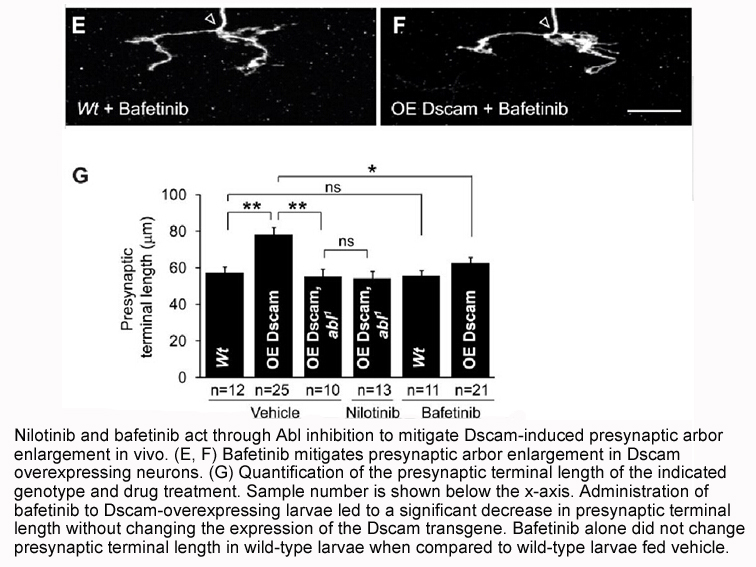Archives
Of note cases reported by Britton et al
Of note, cases reported by Britton et al. and Keung et al. rely on the demonstration of CD7 and TDT along with myeloid markers to classify the blasts as “biphenotypic” [8,9]. Expression of CD3 is not reported by the authors and these cases would not meet the current 2008 WHO criteria for MPAL.
Age of these patients vary from 5 to 50 years with a median age of 24. There were 2 males and 3 females. Among these 5 reported cases, 2 are of hispanic decent (40%) and this association should be explored further in larger series. Four cases expressed t/myeloid oxygenase and one expressed b/myeloid markers. Of the three cases with t/myeloid MPAL who underwent molecular studies for t-cell receptor (TCR) gene rearrangement, none showed a clonaly rearranged TCR. CBC showed a median white cell count of 40,400/µl (range 5500–403,000/µl), hemoglobin of 8.9g/dl (range 3.2–9.6g/dl) and platelet count of 27,000/µl (range 6000–91,000/µl). Median blast count was 80% (range 54–95%). Blast morphology was most commonly reported as resembling FAB L2.
Presence of trisomy raises the possibility of added gene dose contributing to the leukemogenic process. The oncogene, c-kit, is localized to chromosome 4. Leukemic blasts of our patient strongly expressed c-kit. c-Kit expression was not studied in the other 4 reported cases of MPAL. Increased expression of c-kit in patients with acute myeloid leukemia harboring trisomy 4 has been documented in the past [10]. Activating c-kit mutations were not detected in our patient and as c-kit expression is a common finding in acute myeloid leukemia׳s irrespective of cytogenetic features, the role of c-kit in these leukemias remain speculative [11].
One of the reported cases of trisomy 4 associated MPAL identified prior pesticide exposure of the patient before development of acute leukemia [7]. The presence of pseudo Pelger-Huet cells in our patient also raises the possibility of a prior environmental exposure contributing to the dysplastic changes. Of note, case reports of AML with trisomy 4 have also previously reported environmental exposure as a possible risk factor [12].
Three patients received an AML like induction based on cytarabine and anthracycline. Of these, two failed to achieve a remission and the third relapsed in 10 months. Two patients (including this case) received an ALL like regimen. Both achieved a complete remission. This is consistent with prior reports suggesting superior responses to an ALL like regimen in MPAL  [2].
[2].
Conclusions
Report
We report on an 8 year old boy with primary cardiac anaplastic large cell lymphoma (ALCL), in whom the diagnosis was challenging and who was treated with modified chemotherapy without radiation therapy according to the ALCL 99 study protocol [1]. Two years and 5 months after completion of therapy the boy is in complete remission with normal cardiac function.
The boy was admitted with history of recurrent colds, weight loss, joint pain and fever up to 40°C. Laboratory tests showed normal complete blood count and differentiation, normal electrolytes and renal function tests. ALAT (199 U/L), ASAT (152 U/L), LDH (528 U/L), NT-proBNP (735ng/L) and Troponine-T (5.35ng/L) were elevated. Chest X-ray revealed moderate cardiomegaly. ECG showed negative T-waves in V1-V6 and echocardiography (M-Mode) revealed normal right and left ventricular function, mild pericardial effusion and prominent masses in the left ventricular apex (largest: 1.3cm). Clinically, the boy felt weak, he had palpable precordial heaving, peripheral oedema and hepatosplenomegaly were not noticed. Tissue Doppler echocardiography measuring myocardial velocity confirmed reduced left ventricular function.
Due to positive mycoplasma serum-IgG and -IgM antibodies antibiotic therapy was initiated. Cardiac magnetic resonance imaging (MRI) was performed. It confirmed a tumour in the apex of the left ventricle and showed infiltration of the interventricular septum and the right ventric le. On both sides tumours protruded into the cavities (Fig. 1a). Left heart catheter showed good left ventricular ejection fraction (EF, 56%) with muscular thickening and irregular contrast enhancement of soft tissue within the left cavity. Multiple catheter assisted biventricular myocardial biopsies showed mild fibrosis. They raised no suspicion of malignancy.
le. On both sides tumours protruded into the cavities (Fig. 1a). Left heart catheter showed good left ventricular ejection fraction (EF, 56%) with muscular thickening and irregular contrast enhancement of soft tissue within the left cavity. Multiple catheter assisted biventricular myocardial biopsies showed mild fibrosis. They raised no suspicion of malignancy.